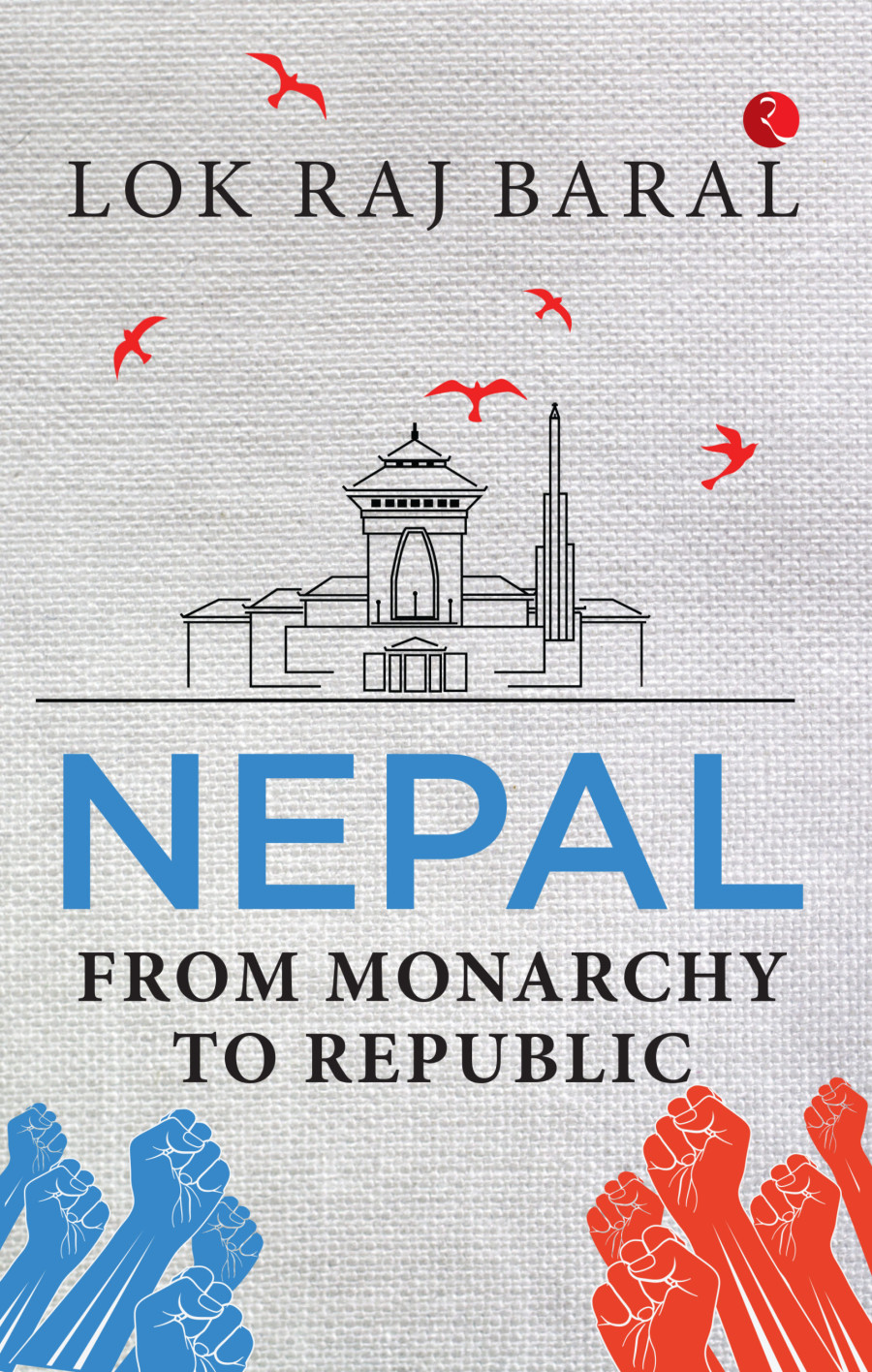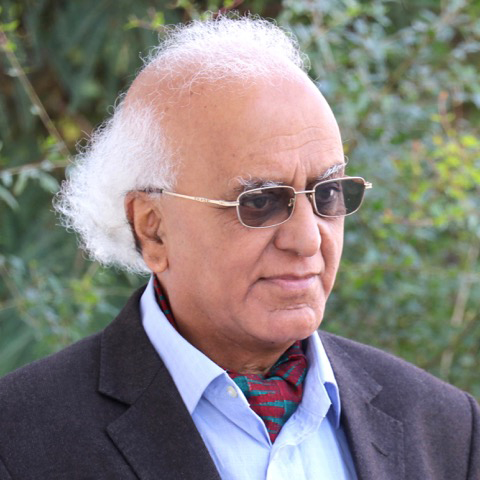Columns
History and personas at a book launch
The strength of Lok Raj Baral’s political writing is that it is imbued with human sensibility.
Abhi Subedi
It has become common for me to attend book launches in the Capital. Every book launch brings a package of ritual expressions, some eulogies and a few reminiscences of the speakers. As my interest is diverse, the scale of my exposure to such events is becoming too broad to manage. The most frequent book launches happen in the realms of literature, biography and memoir. Nowadays, a package of literature and history is becoming a trend. Books introducing reminiscences and some analyses, however, have begun to draw readers' attention.
One such occasion was the launch of a book by an emeritus professor, political analyst, and, I would add, a political historian and guru figure, Lok Raj Baral, in Kathmandu on November 3. I received an invitation from Madhab Lal Maharjan of Mandala Book Point, who had orchestrated various activities about the book from its inception to its publication by the Delhi-based Rupa Books. In the preface of the book, Baral acknowledges the role played by Maharjan. Maharjan's bookshop has become an informal meeting place for scholars, mostly political scientists, and some media people. Jeff Deutsch, in his brilliant book In Praise of Good Bookstores (2022), says, "The bookstore is a haven for the heterodox." The launch of Baral's book was well attended by the heterodox who visit the bookstore.
The colloquium and the ambience struck me as something fresh and necessary at this stage. Baral and his disciples, professors of political science Krishna Khanal and Krishna Hachhethu, known to a number of Nepali and foreign readers for their political scholarship and writings, presented their analyses. But I must mention one doubt here, which is that I do not know whether their department of political science at the central campus in Kirtipur is still functioning. Though the political subject is so vibrant, curiously, it does not appear to be attracting students.
To return to the book launch, one important aspect of the programme was that it became a kind of confessional forum. The first President of the Republic of Nepal, Ram Baran Yadav, commented that things were not going well on the political front. He was critical of the role of politicians and governments for not doing what they ought to and doing what they ought not to. A case in point is the destruction of the forest cover over the Chure hill range, which he correctly said would bring ecological disaster in Nepal. Another person, Baburam Bhattarai, the Prime Minister of Nepal from August 2011 to March 2013, reviewed his own activity and clarified what he had done during his term in office. Bhattarai appeared to show his staunch republican stand. He said though he is not a Maoist anymore, he had worked with his comrades and others to evoke consciousness in favour of republicanism. Lok Raj Baral's well-known stand in favour of republicanism, which has found strong space in his book, appeared to have won the praise of Bhattarai.
Baral plays with the prefix 'multi' in the opening of his argument. He says terms such as multiparty politics, multiethnicity, multilingualism, and multireligion appear to characterise the nature of the contemporary politics of Nepal. Baral is perhaps saying that the 'multi' features evoke the consciousness of the people and the situation that was always there but not addressed. Baral has evoked the history of Nepal from the unification of Nepal in 1769 to the present when 'stability and stagnation' and the 'dramatis personae of Nepal' who played roles in the history have become the keywords. The book brings this phenomenon in various forms and examines theories about systems, dysfunctions and the roles played by individuals from the earlier times to the present, with the political leaders as the main characters responsible for the changes.
Baral seems to emphasise ideology as an important factor in creating and preserving institutions. He says, "Institutional decay occurs when politics becomes ideologically insipid and void." (xvi). This statement evokes questions like: Is ideology the shaper and maker of institutions in Nepal and elsewhere? Baral examines various important topics in contemporary Nepal, examining the roles of individuals and groups with myths around them.
Baral is eloquent and candid about the fall and rise of the monarchy and its relation with the people. Monarchy became such a factor in modern Nepali politics that everything was measured in terms of this institution. Debates occurred within parties; a person like Bisheshwar Prasad Koirala and his approach to the monarchy became a subject of discussion. But Baral shows how the seeds of republicanism were sown. (41-44). Factors that led to the fall of the monarchy are various, and Baral's interpretation is revealing.
We do not have space to examine the book entirely here. But another thing that strikes me as the writer's very original thinking is his interpretation of the various vicissitudes of the democratisation process. Baral locates it in the "fractured political culture" of Nepal. Among the various reasons is the "deep-rooted authoritarian and feudalistic political culture" (118). What impresses me is Baral's interpretation of the malaise that gripped Nepali politics from 1960 to the present. He rightly considers the shortage of effective leadership to such factors as caste and corruption. These factors still dog the Nepali democratic and republican constitutional condition. He repeats institutional malfunction as the other factor for the malaise. Baral suggests, by way of warning, that as the process of democratisation has suffered from "pervasive institutional decay", it also has a remedy "which is the political elites respecting the spirit of the Constitution" (200).
This last point echoes today's problem, which revolves around the question of respecting the spirit of the constitution. Flaunting the spirit of the constitution will only create confusion about the course of action that the people and the political elites have to follow. But citing the meteoric rise of the RSP, Baral says, it will pose a "potential threat" to the perennial domination of the established political parties (203). The book indicates the threat of the post-political situation, whose effect cannot be measured using the conventional standard.
The book's strength lies in its projection of a sense of optimism and its propagation of the continuity of the constitution that is supported by the scholar writer's cogently, though briefly, interpreted modes and turns of the politics of contemporary Nepal. I like to cite historian Hayden White's theory that says good historical interpretation is imbued with literary sensibility. As someone familiar with Baral's scholarship, I can say that Baral's political writings are imbued with human sensibility.




 13.12°C Kathmandu
13.12°C Kathmandu















